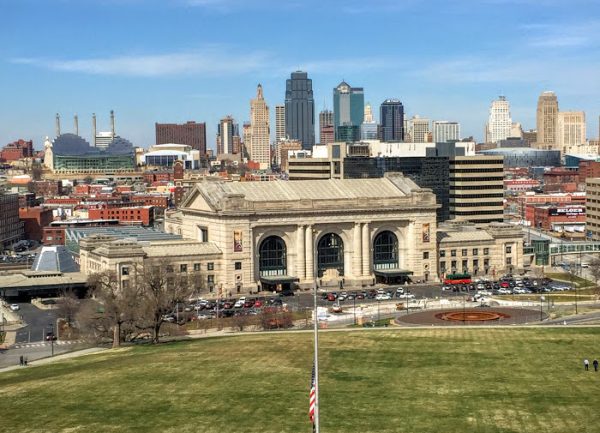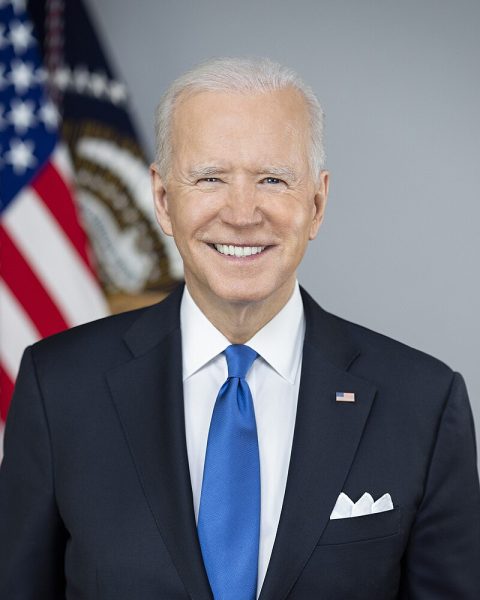Ridesharing apps Uber, Lyft face unforeseen consequences
Today, people live in a shared world. They share their pictures, cars, moments and homes.
This rise in sharing has been primarily accelerated by technology, more specifically applications such as Uber, Lyft and Airbnb.
The introduction of these apps has been met with much acclaim. They also have been derided for their unfortunate consequences.
A lot of criticisms have been leveled on how Uber handles its workers, what its requirements are in terms of benefits and the role it plays in cities with large, unionized taxi industries. As a result, the company has faced backlash in places like Italy and Austin, Texas.
Uber is a simple app-based service people can use through any smartphone, both on iOS and Android, allowing it to enter into almost any market and penetrate deep into the community. This method has proven to be so successful that other sharing apps have adopted the same strategy of straightforward, intuitive, credit or debit card-linked interfaces.
This ease-of-use system has allowed Uber, a company founded in 2009, to quickly spread to over 500 cities worldwide and amass a monthly ridership of over 40 million, according to Fortune.
From a user standpoint, the app offers a clean experience with minimal hassle to reach a connected driver. The service offers consistency and is effortless unlike many traditional city taxi services in cities worldwide.
While Uber and other sharing services have been praised by the masses for their usability, these services have wider implications, good and bad, on the world and the economy.
Uber has impacted roadways in a positive way.
According to The New York Times, the ability to use Uber’s carpooling service has not only increased city mobility, but also could limit the number of cars in urban environments, cutting back on emissions.
“Uber has calculated the environmental impact of UberPool rides,” wrote Farhad Manjoo, a The New York Times columnist. “In the first three months of 2016, the service has eliminated 21 million automobile miles; that’s about 400,000 gallons of gas and 3,800 metric tons of carbon dioxide emissions, it says.”
A New York City government study found that 10.5 metric tons of carbon dioxide equivalent greenhouse gas emissions were released by transportation sources citywide in 2014.
In the long term, Christian Fitz, the Representation and Planning area manager for PARC, a subsidiary of Xerox Corp., thinks ridesharing services also have the potential to eliminate the need for a personal car.
“Alternative cab services like Uber and Lyft are already preparing us for this future, and the amount of money they’ve raised leaves no doubt that they are able to convince a lot of people that mobility-as-a-service is a growing market,” wrote Fitz in a guest article for VentureBeat.
“Americans spend about $300 billion every year on gas alone, and this is only a fraction of the total cost of car ownership. Hence, the money to fuel this new market is certainly there and it is big.”
Ridesharing services also provide a way for quick money to be made and allow drivers to choose their own hours.
Despite the benefits to workers, users and the environment, sharing apps have their share of problems.
Brishen Rogers, associate professor of law at Temple University, wrote in The University of Chicago Law Review about the social costs of Uber.
In his article, Rogers detailed qualms about the app’s ability to undermine traditional taxi services and establish itself as a ridesharing monopoly. Major criticisms against Uber, however, center on issues like safety, privacy, discrimination and labor standards.
Uber, according to Rogers, touts that it is possible for drivers to earn $90,000 per year in New York City, but many realize this is unverifiable if not untrue.
Similar labor complaints stem from a lack of regulation that many of taxi unions provide, issues regarding compensation and benefits and the overall reluctance of Uber to provide its workers with an environment that is beneficial to their wellbeing.
With the rapidly expanding sharing economy, it remains to be seen if workers’ rights and other issues can keep pace with tide of new users who download these applications.









